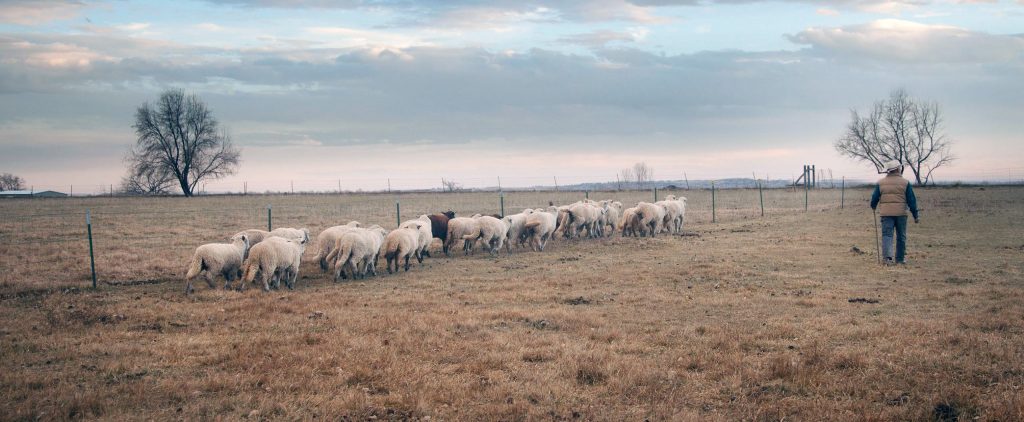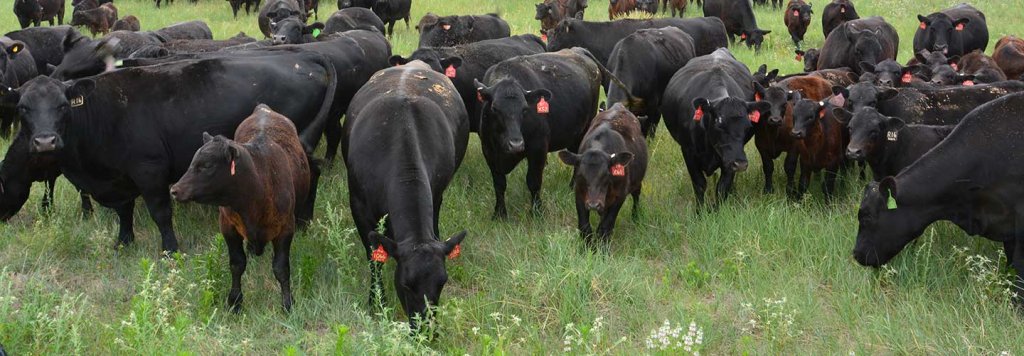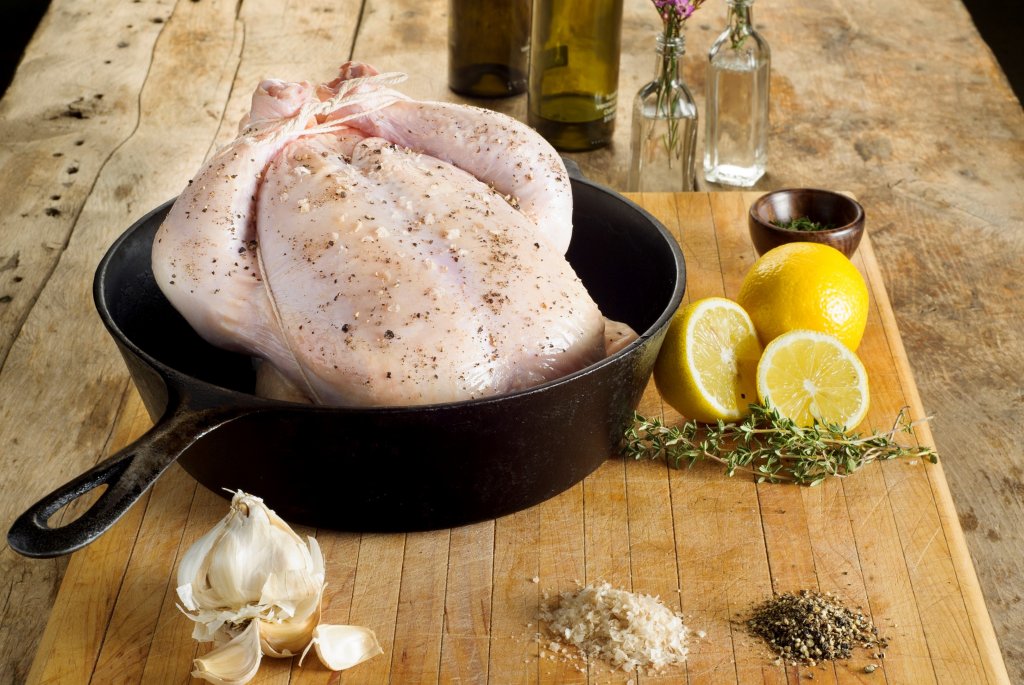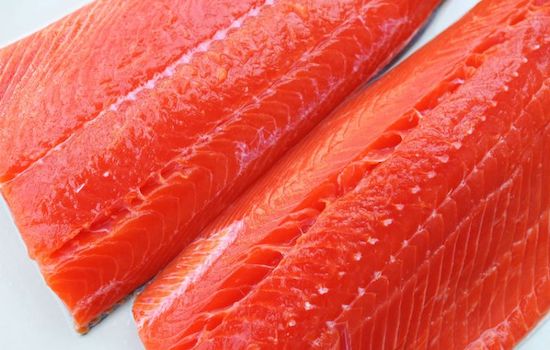Every human needs protein in order to live a healthy life, and getting this nutrient from meat may be the best way. Eating meat certainly isn’t bad for you, especially when consuming heart-healthy meats like fish, poultry and lean cuts of red meat.
According the National Library of Medicine, consuming two grams of protein per kilogram, or 2.2 pounds, of body weight each day is a safe way for active adults to get the complete protein they need. A complete protein is one that contains all nine essential amino acids, the biological building blocks of protein. That means if you weigh 130 pounds, you should eat around 60 grams of protein a day, or in tasty terms, have an eight-ounce steak; a chopped chicken salad and a three-ounce salmon fillet; a half-rack of baby back pork ribs; or three slices of thick-cut bacon and a plate of spaghetti and meatballs. Not all in one course of course, that would be gluttony (unless it’s your birthday, than all rules are off).

Place Matters
The aforementioned protein suggestions pertain to any meat, regardless of how it’s raised or what goes into feeding the animal. When you start having good quality meat from animals raised right, the food gets even better for you. One report on the online science journal publication Frontiers, states that, “The health of livestock, humans, and environments is tied to plant diversity.”
For animals this means pasture raising, free range and grass fed. In fact, meat from animals raised in this sort of environment have been proven to contain higher levels of healthy Omega-3 fats and nutrients because of this varied diet. Plus, animals foraging on diverse pastures require less antibiotics than animals raised in feedlots, and that means the consumer isn’t getting the added drugs when sourcing pasture-raised meat.
Sustainable Fish
Fish may be the best known heart-healthy meat. It’s high in Omega-3 fatty acids, vitamins D and B2, calcium, phosphorus, and minerals such as iron, zinc, iodine, magnesium and potassium. In fact, The American Heart Association recommends keeping up a healthy diet by eating fish at least two times per week.
While all types of low-mercury fish are healthy, wild-caught fish has a lot more going for it than farmed. For starters, wild-caught salmon and halibut are higher in those heart-healthy fatty acids, and tend to be leaner too. The fish doesn’t spend its life in a pen, swimming in and eating fish poop and bits of dead, sick fish. Locavore Delivery sources wild-caught salmon straight from Bristol Bay, Alaska. The halibut is line caught, also in Alaska, hand cut and flash frozen on the boat.
As if that wasn’t enough, the overall flavor and color of these fish trump anything coming from a farm.

Grass-fed Beef
There’s nothing unhealthy about eating red meat, it depends more on the quality and how much red meat you’re choosing to consume. As far as quality, seeking out true grass-fed beef, not just beef finished on grass. You also want to get beef from natural animals the spend their life on a pasture, moving, eating fresh foods in the warm months and being as cow-like as possible without added hormones, antibiotics or filler foods to fatten them up.
Just like other animals, cattle absorb the nutrients found in what they munch on. The more diverse the diet, the healthier the cows are, and more nutritious their meat is for humans to eat. In general, pastured beef contains a handful of B vitamins and is higher in vitamins A, E, and other antioxidants than the feed lot-raised options. And, says the American Grassfed Association, “Grassfed [sic] meat is lean, contains a high percentage of good fats, Omega-3s and CLA [conjugated linoleic acid], and beneficial antioxidants, vitamins, and minerals.”
Portion matters too. While a giant tomahawk steak might cause one to drool, a better cut to consume is an eight-ounce filet, sirloin or flat iron.

Winner, Winner Chicken Dinner
Chicken has long been the picture-perfect meat of health, and it is good. Especially the pasture-raised birds sourced from JHawk Farm. Here the chickens live their best chicken life, getting moved to fresh pasture each day and eating bugs, greens and anything else growing in the fields. This diverse, natural diet mixed with the fact that the birds move their muscles means the meat coming from the birds is leaner and more nutrient-dense then the other white meat found at your basic grocery store.
Keep in mind that while the meat of the bird is heart-healthy, the skin is very fatty. Not that you should forgo this tasty part. More, order a whole chicken so there’s plenty of meat with a bit of crispy skin for the whole family. Or go for the large, bone-in chicken breasts for easy, smaller meals. This cut has the least amount of fat, and if you make sure to brine it then the chicken will be even more tender and flavorful.
With meat, like all foods, it’s the portions of the meal that matter. And, when you go for grass-fed and pasture-raised options, the meat your are eating gets so much better for you too.

